Native Oxalis,
Native Sorrel,
Grassland Wood-sorrel
Display all 26 images
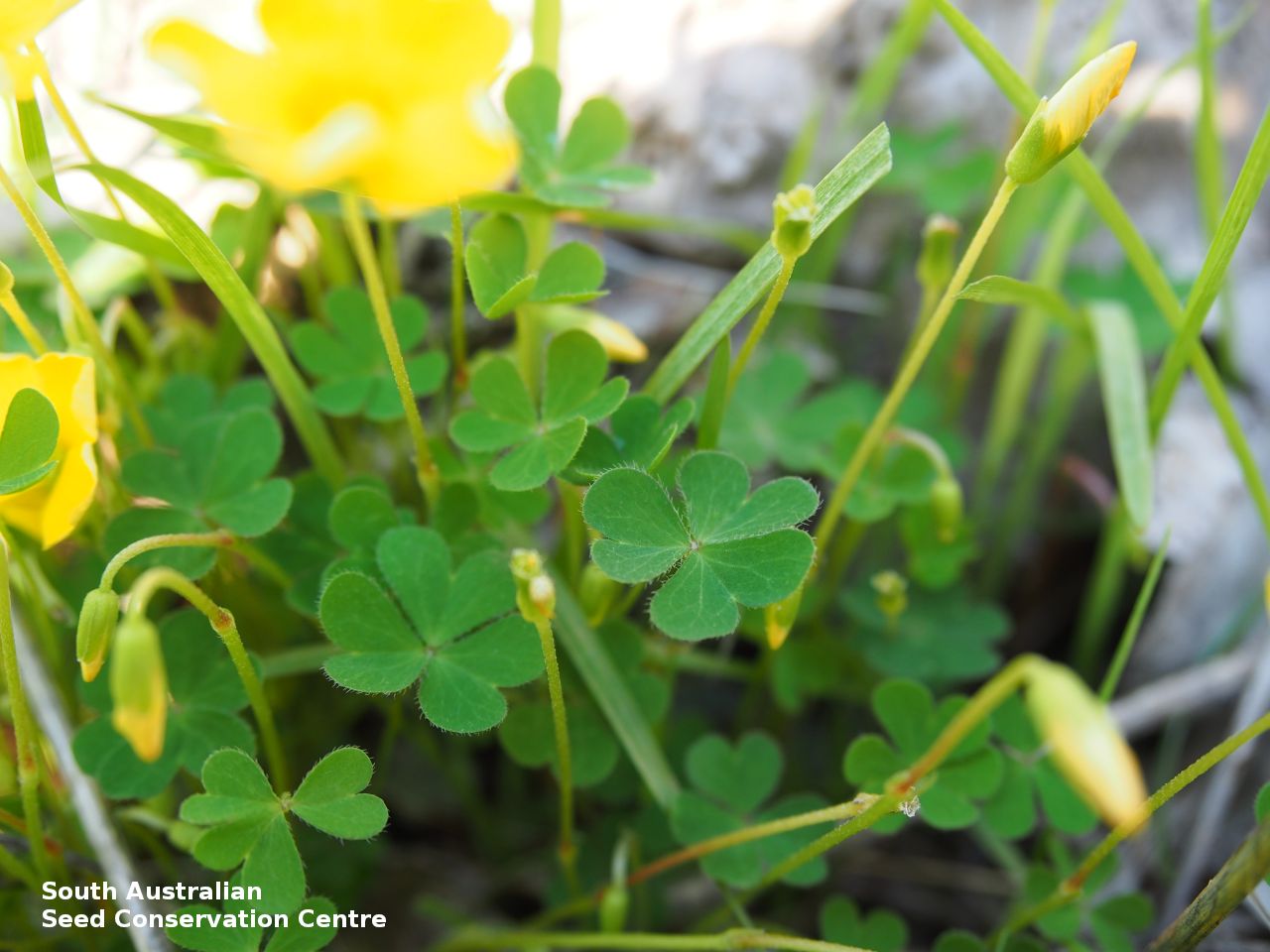
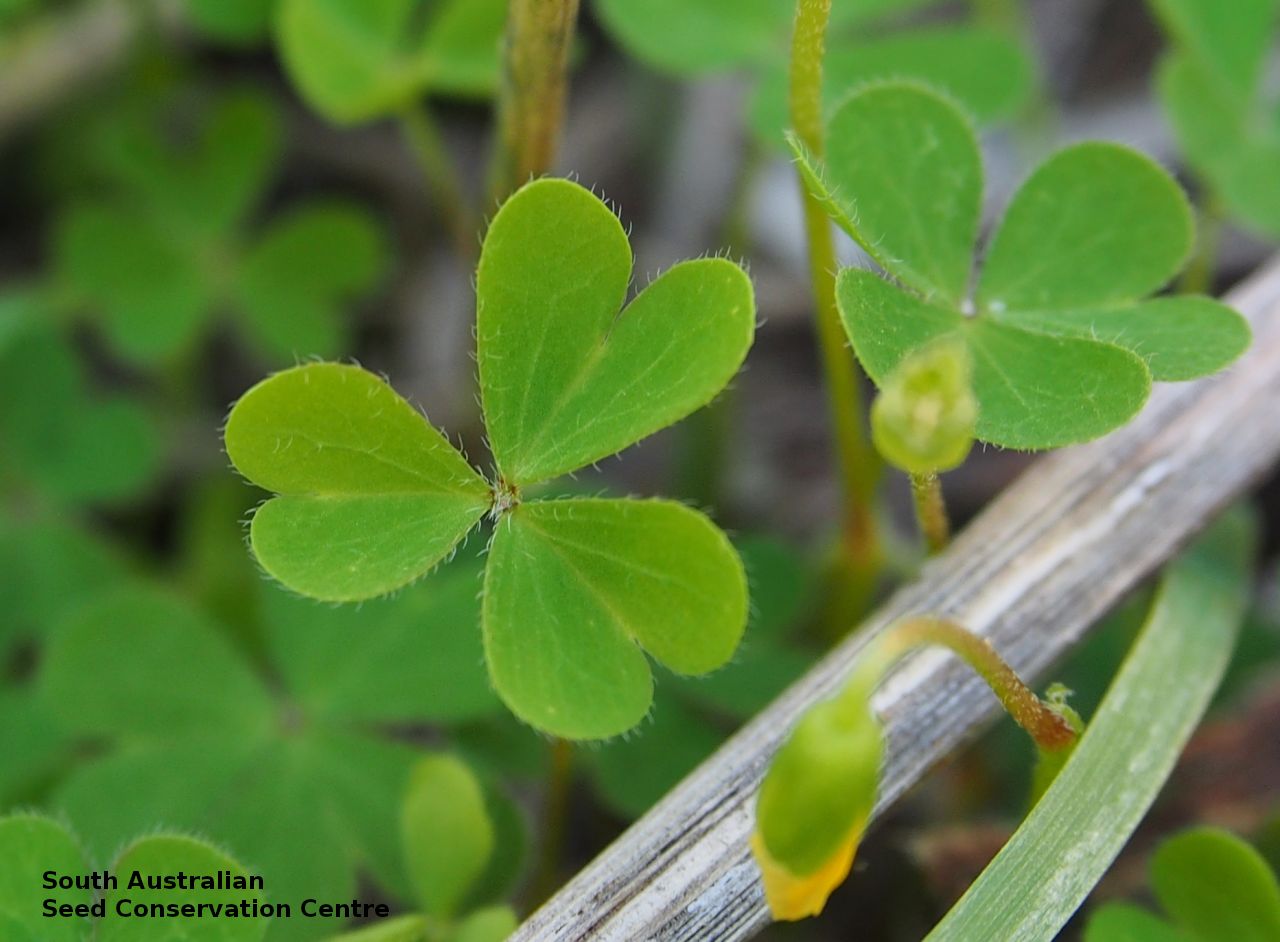
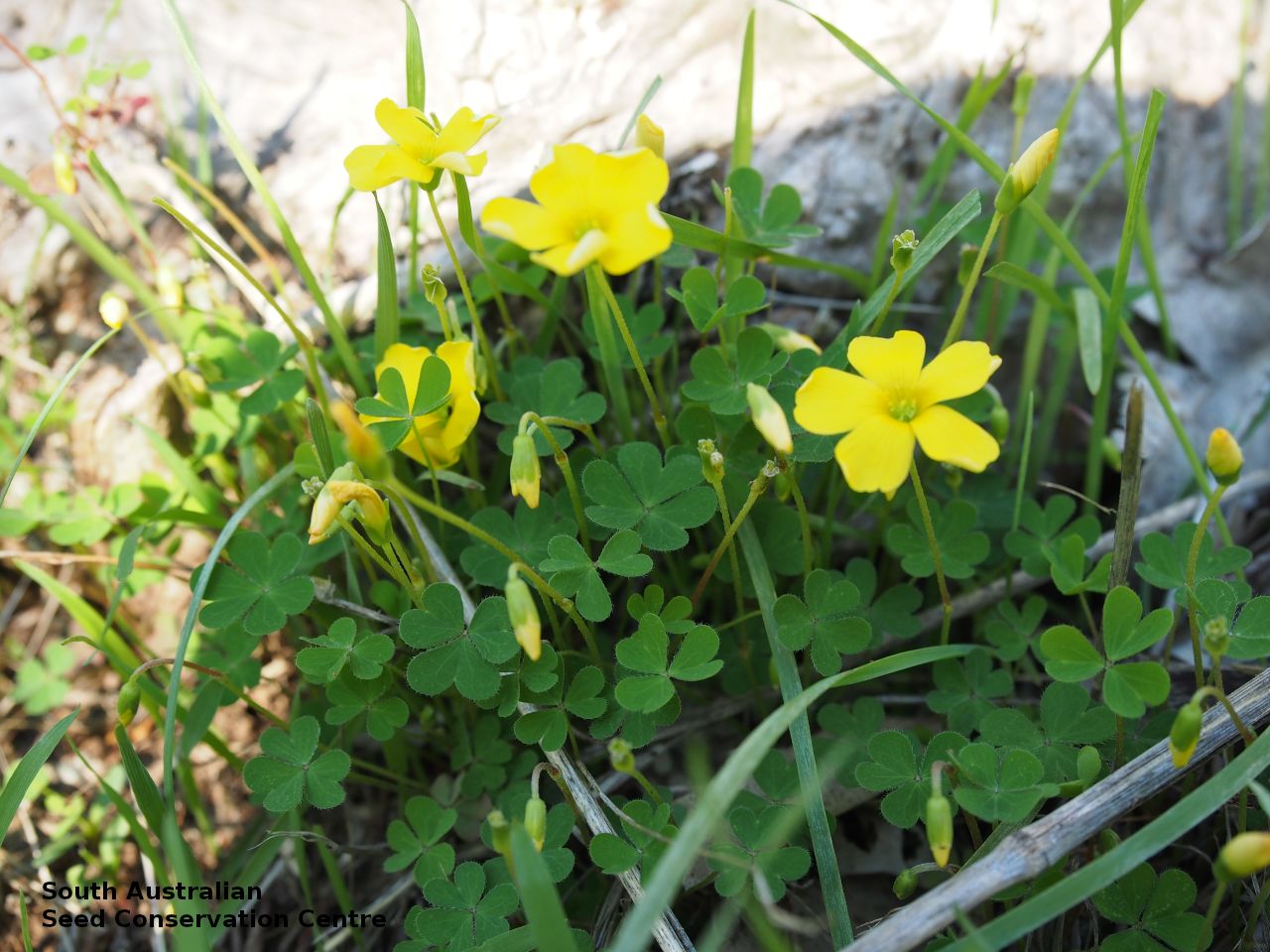

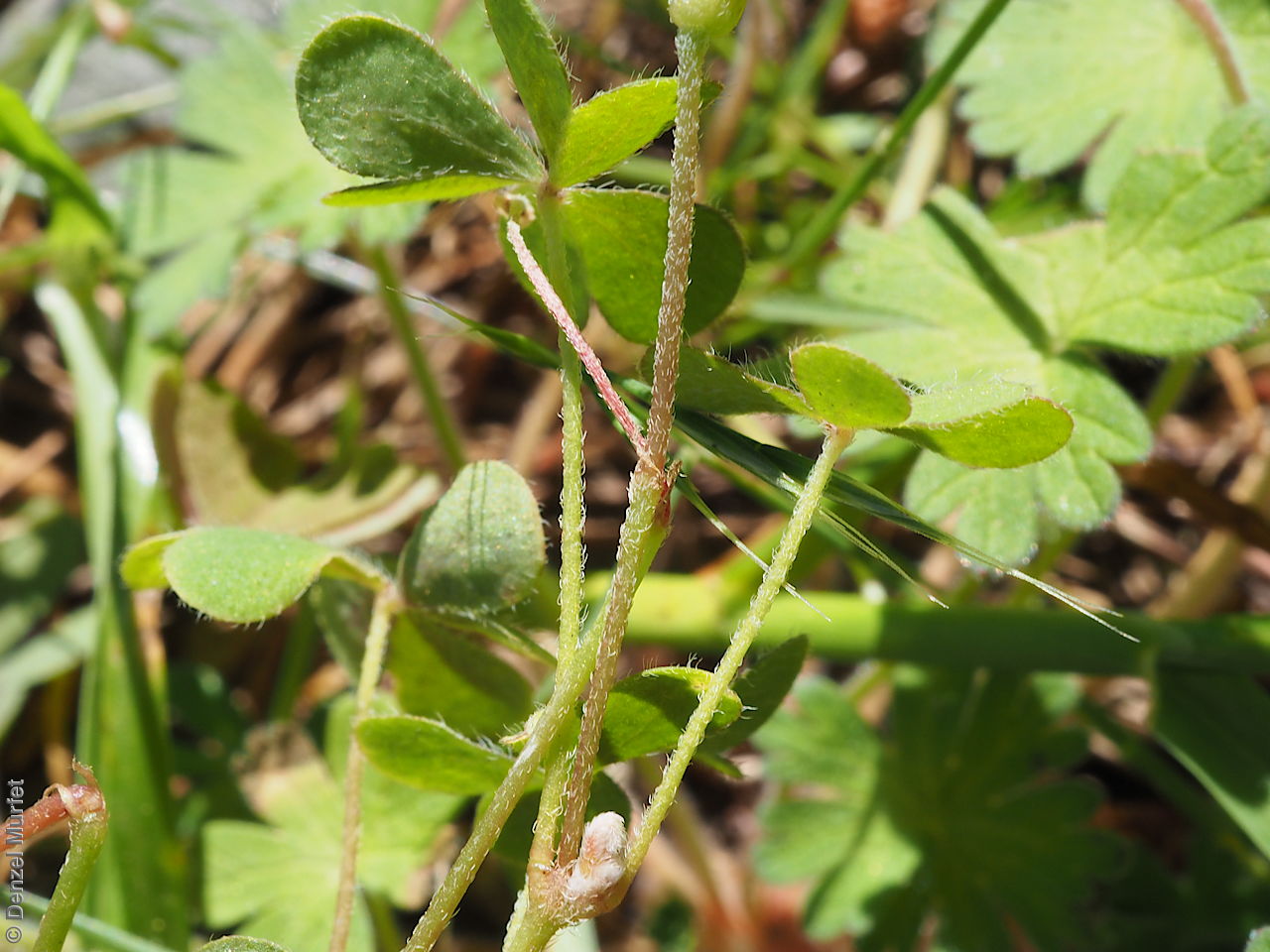
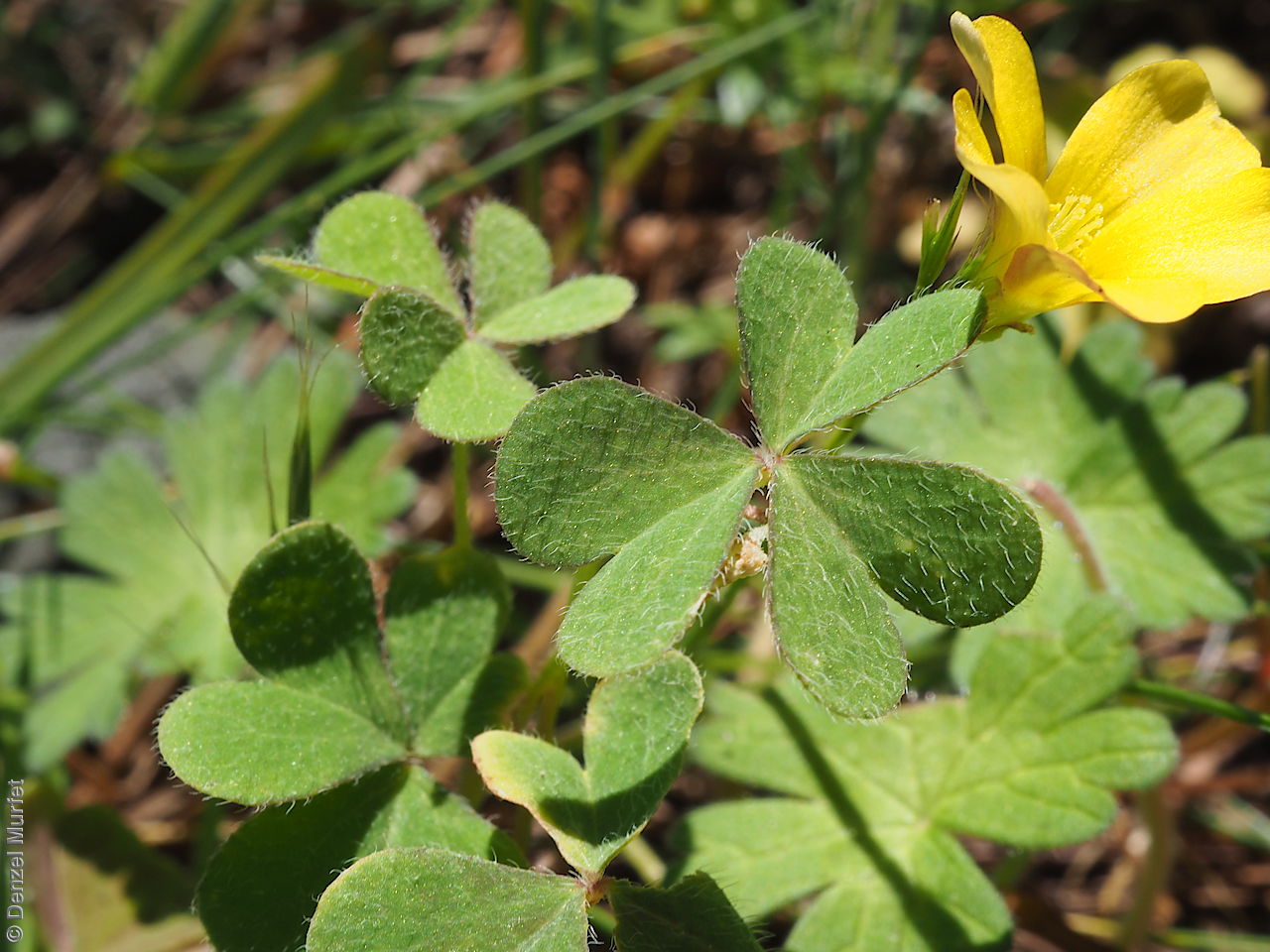
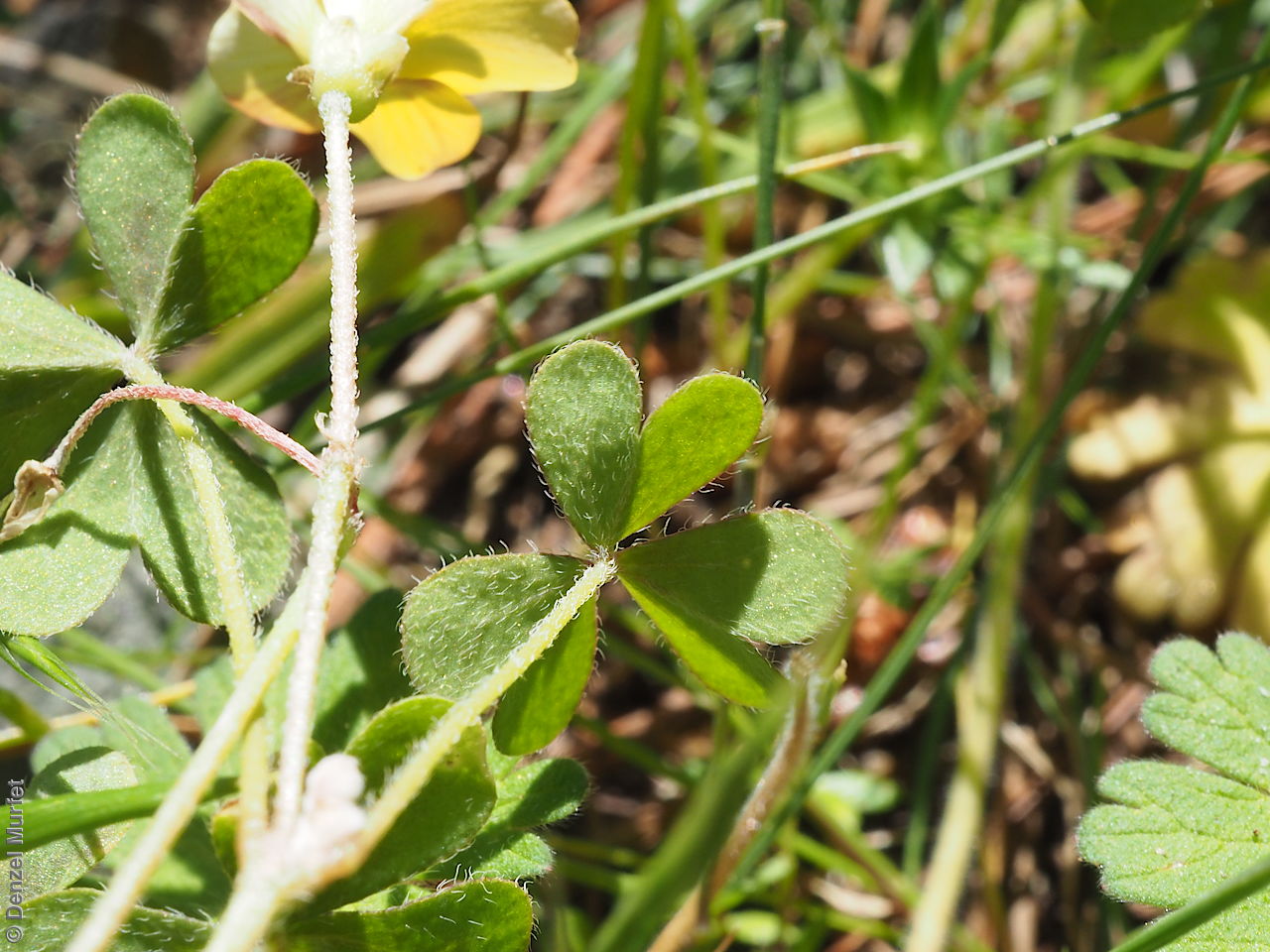
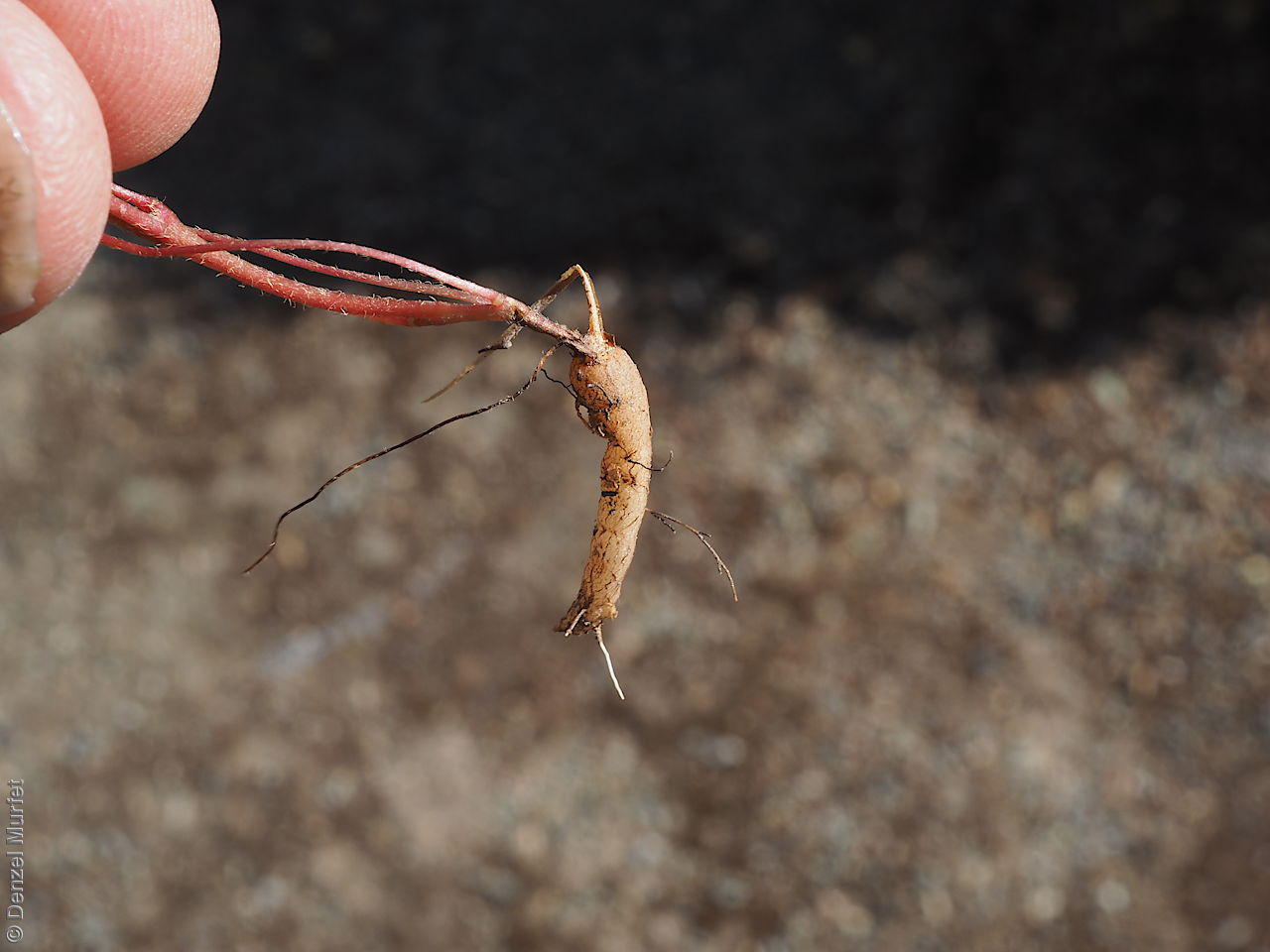
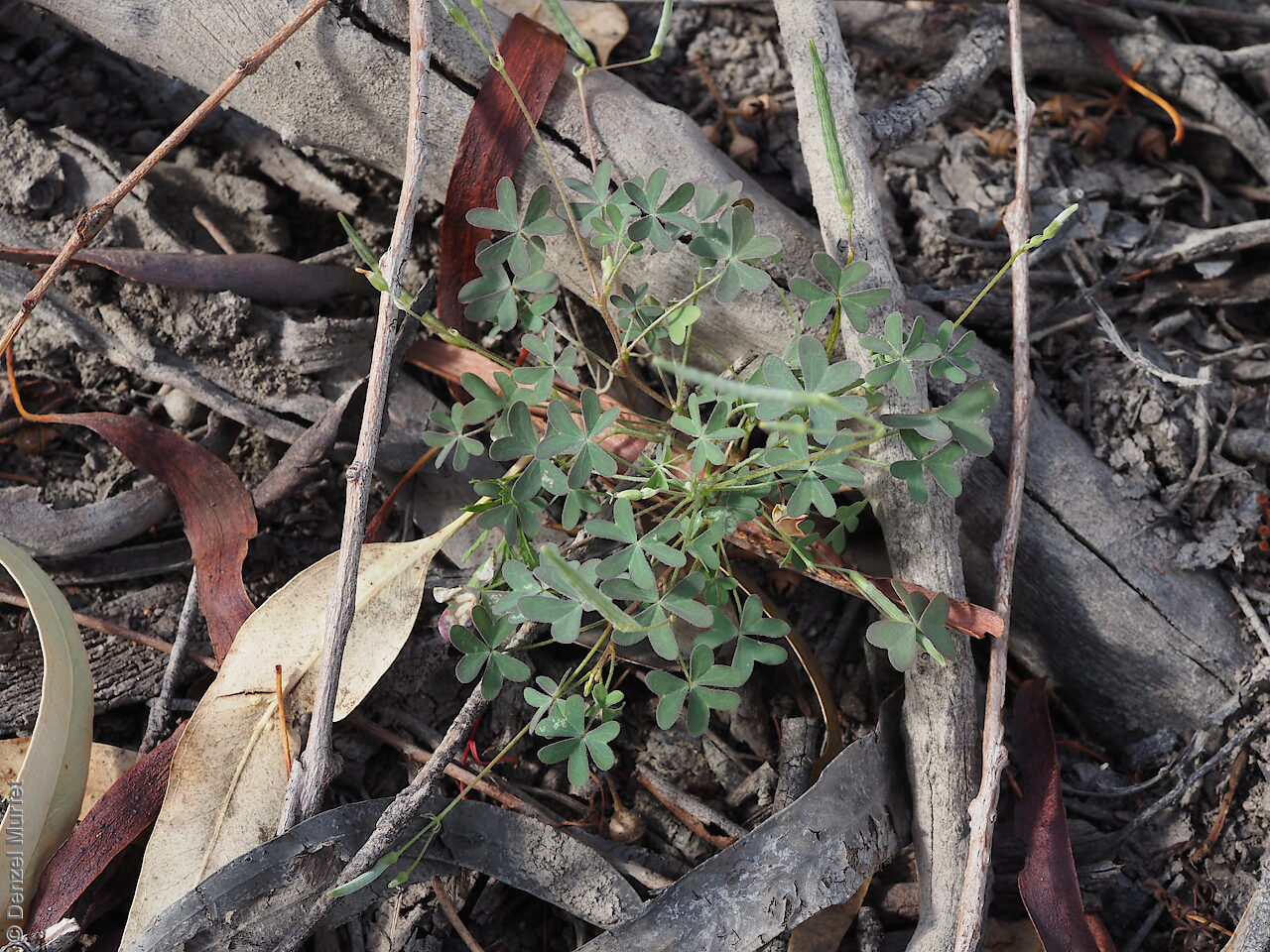
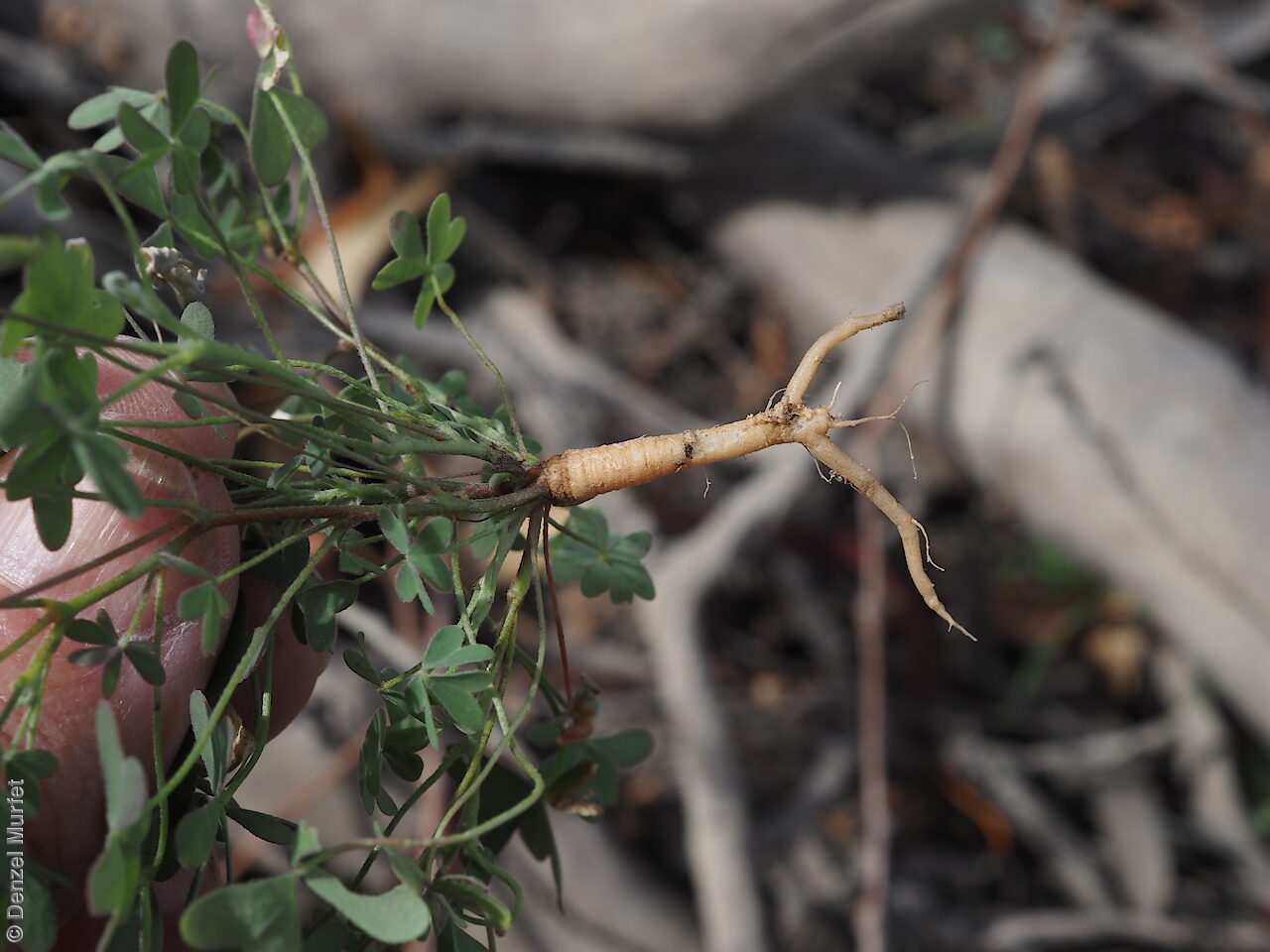
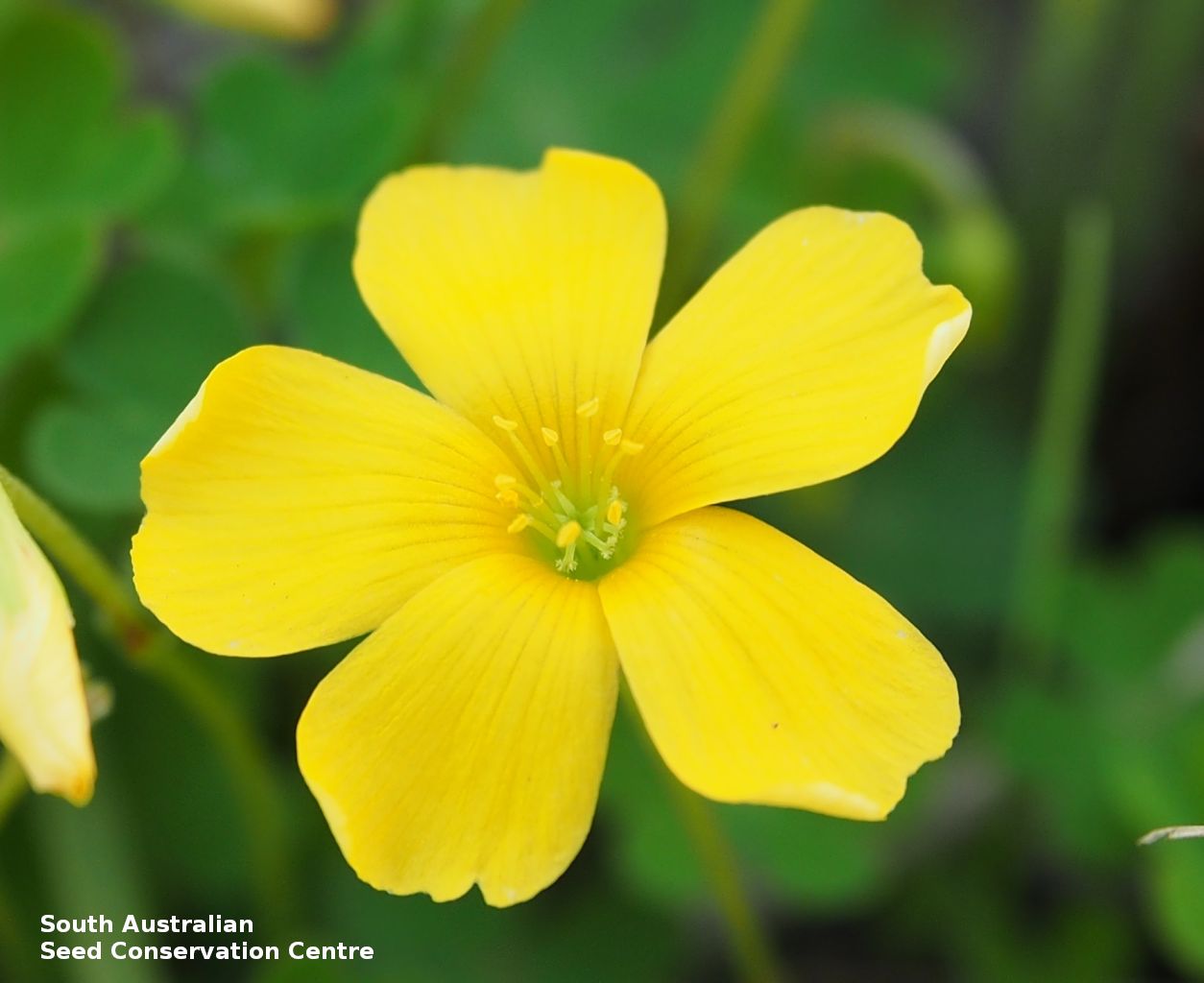
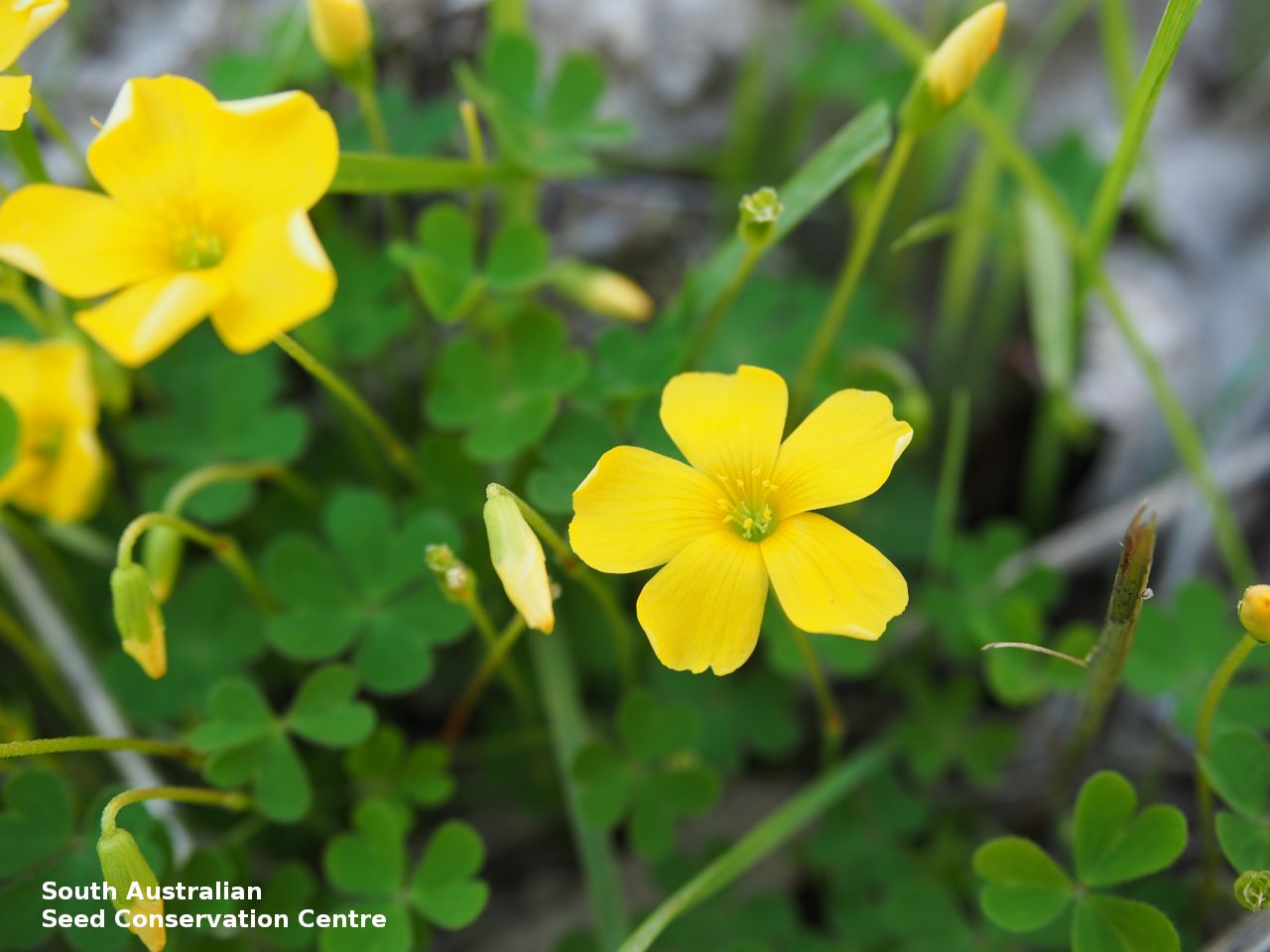
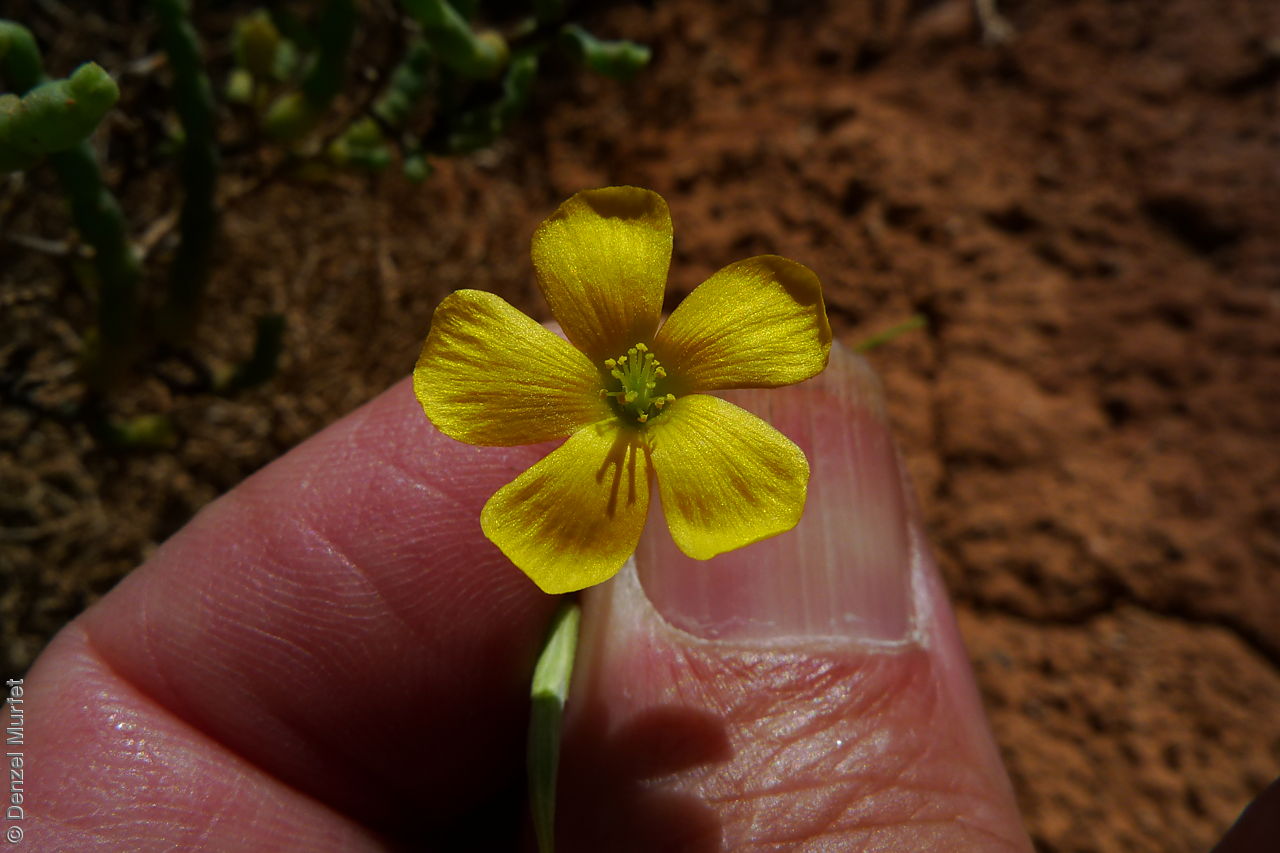
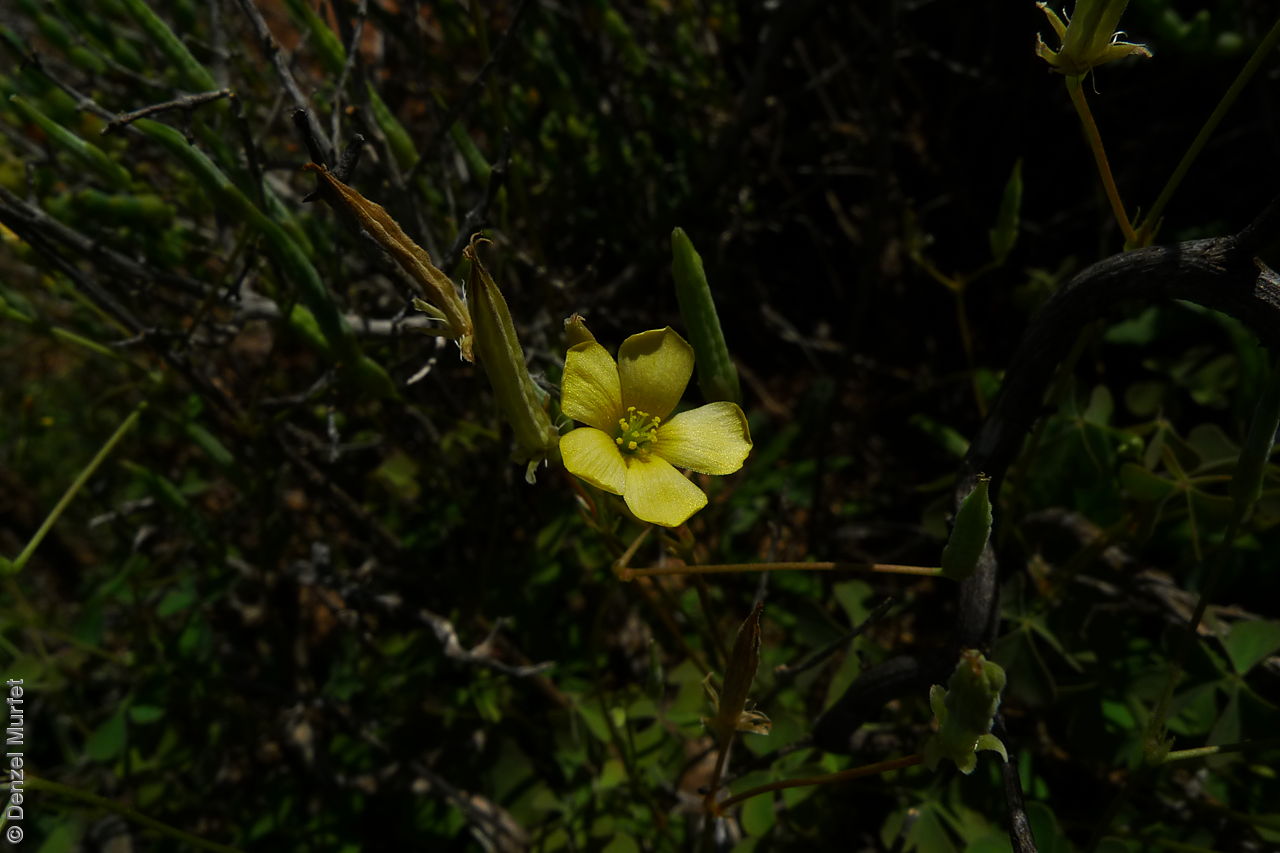
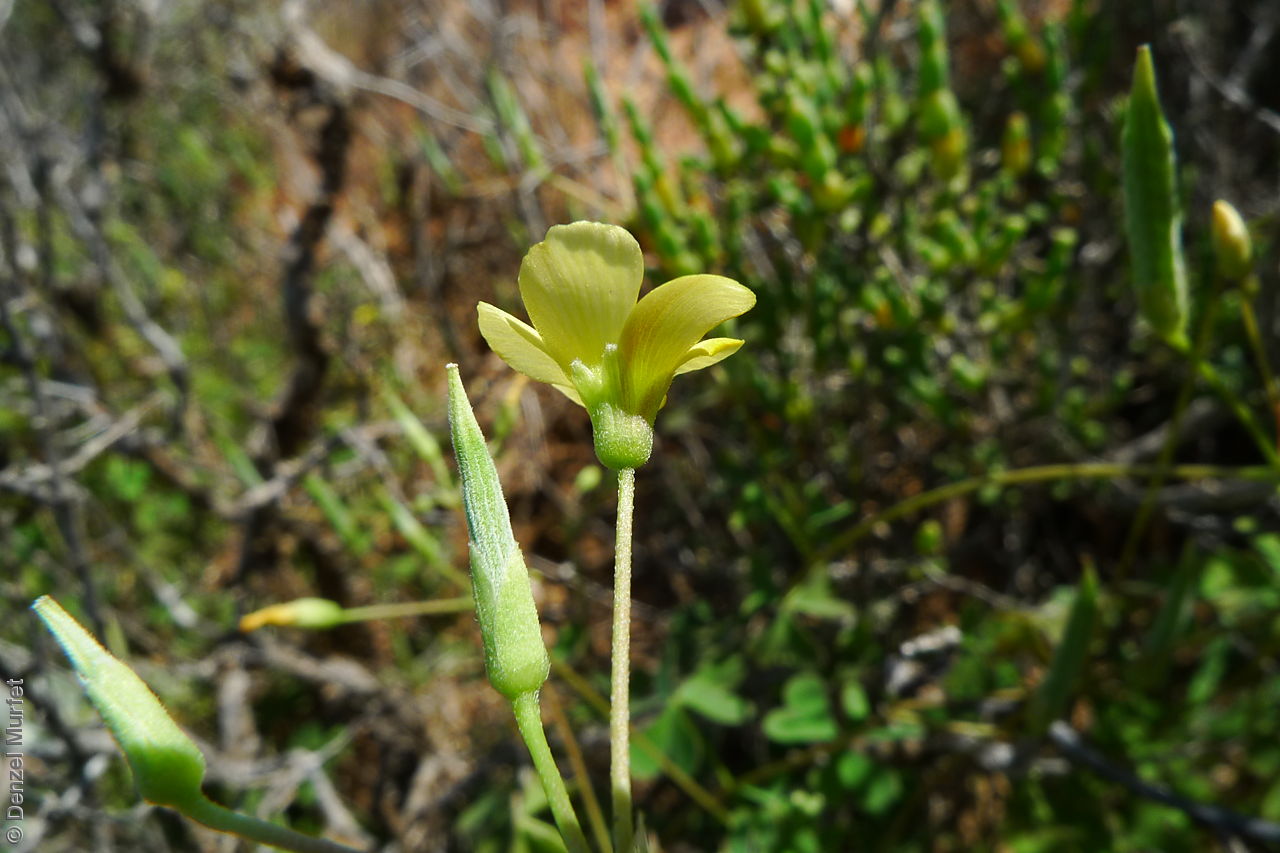
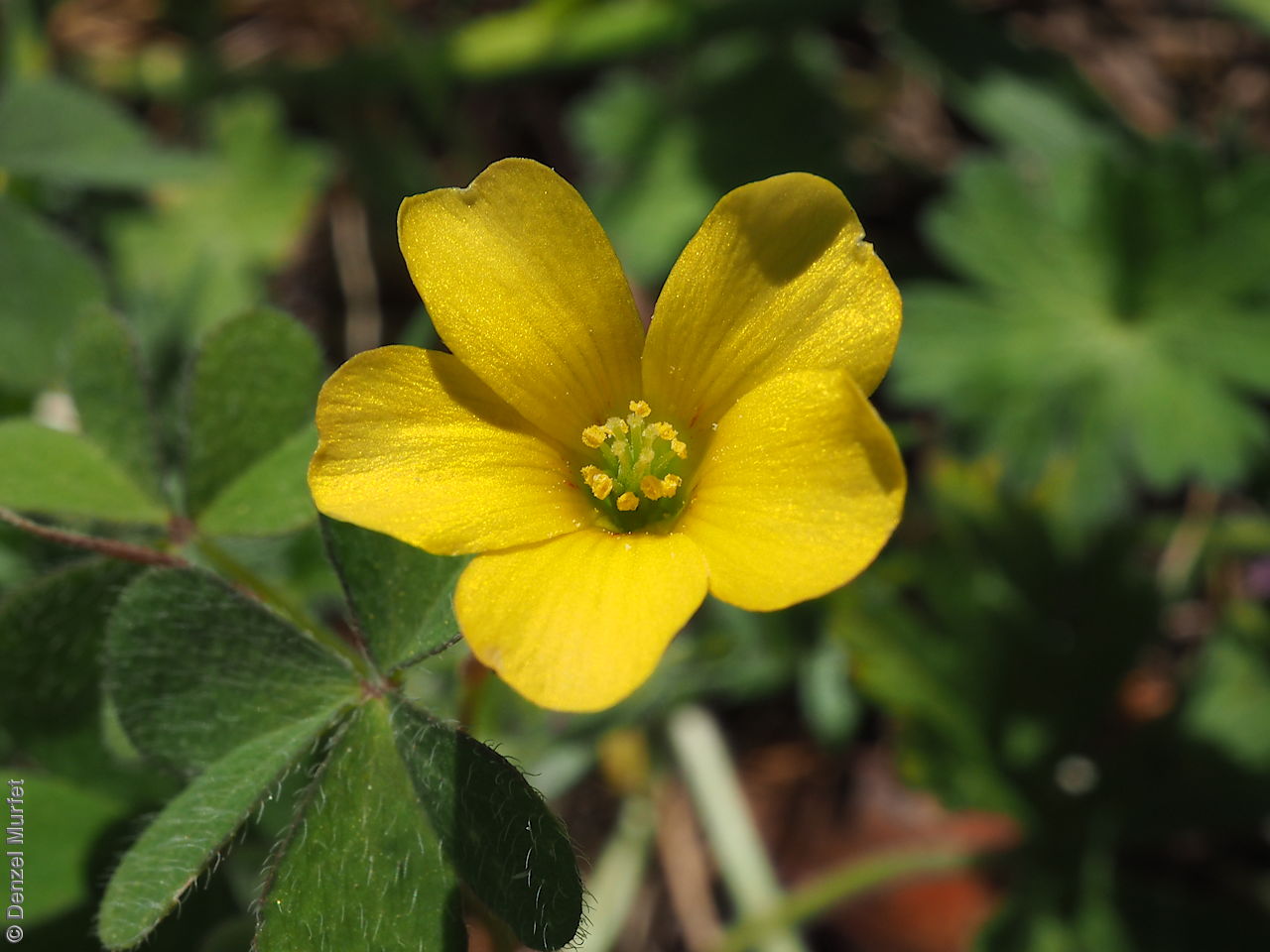
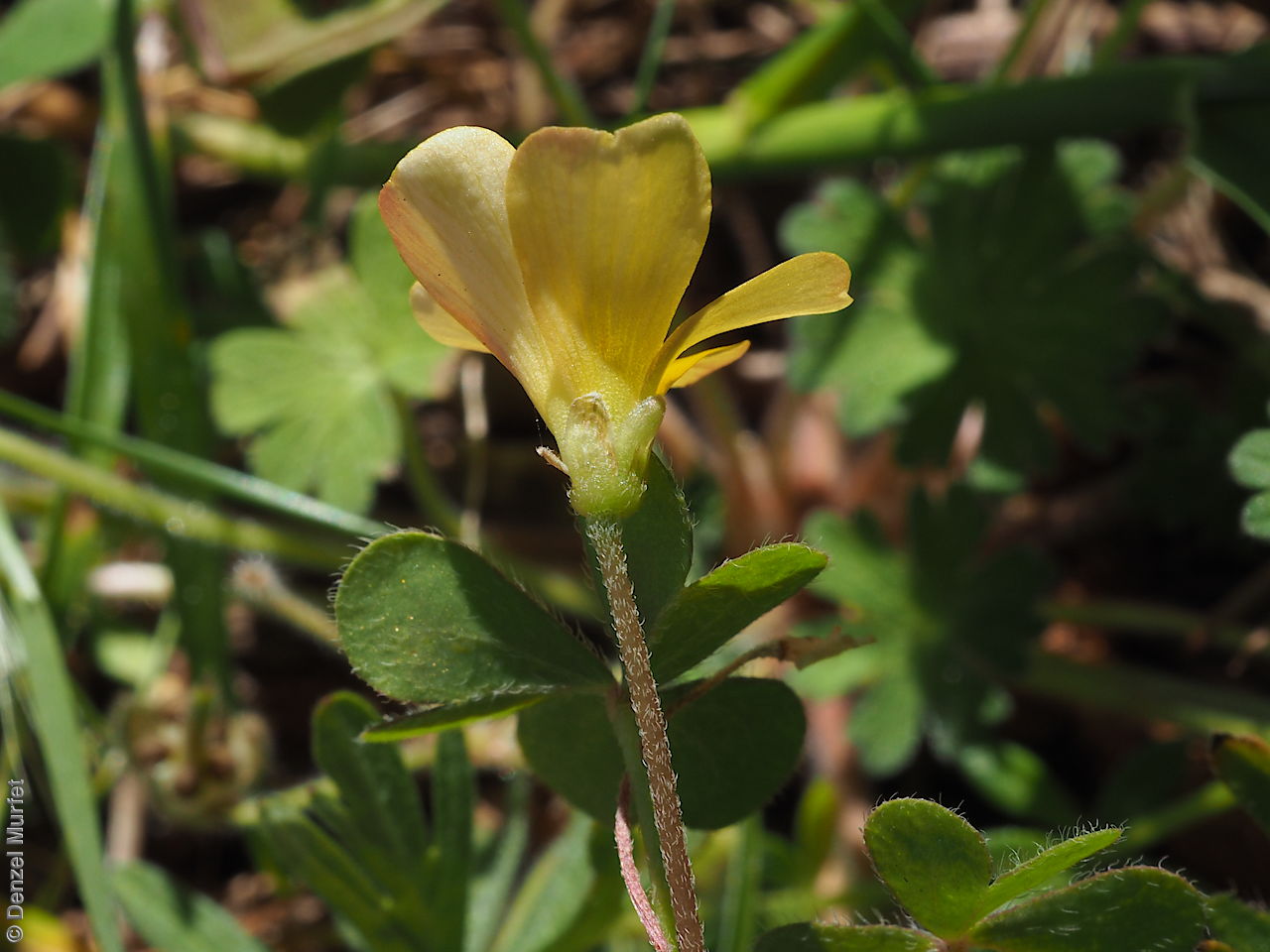
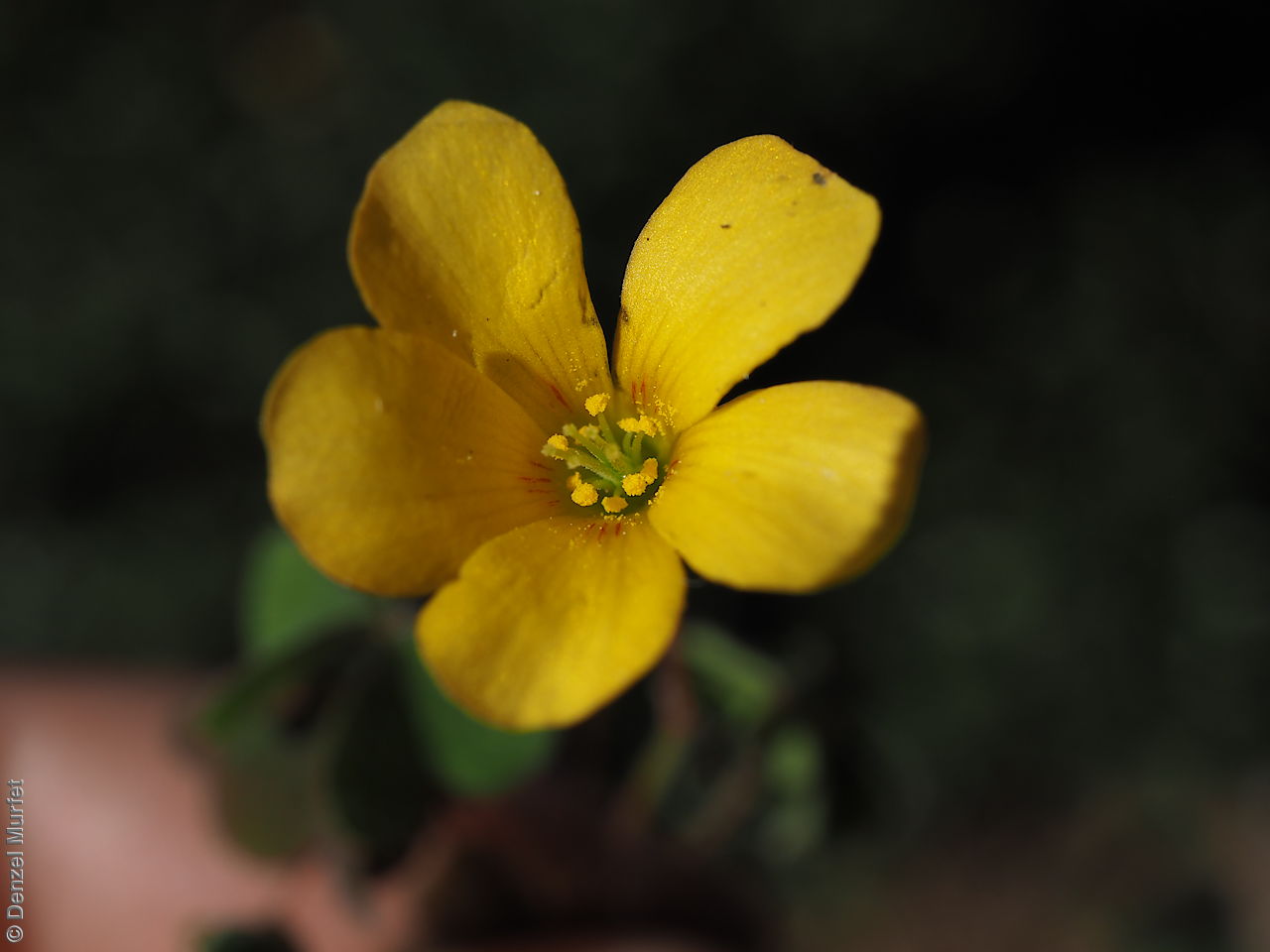
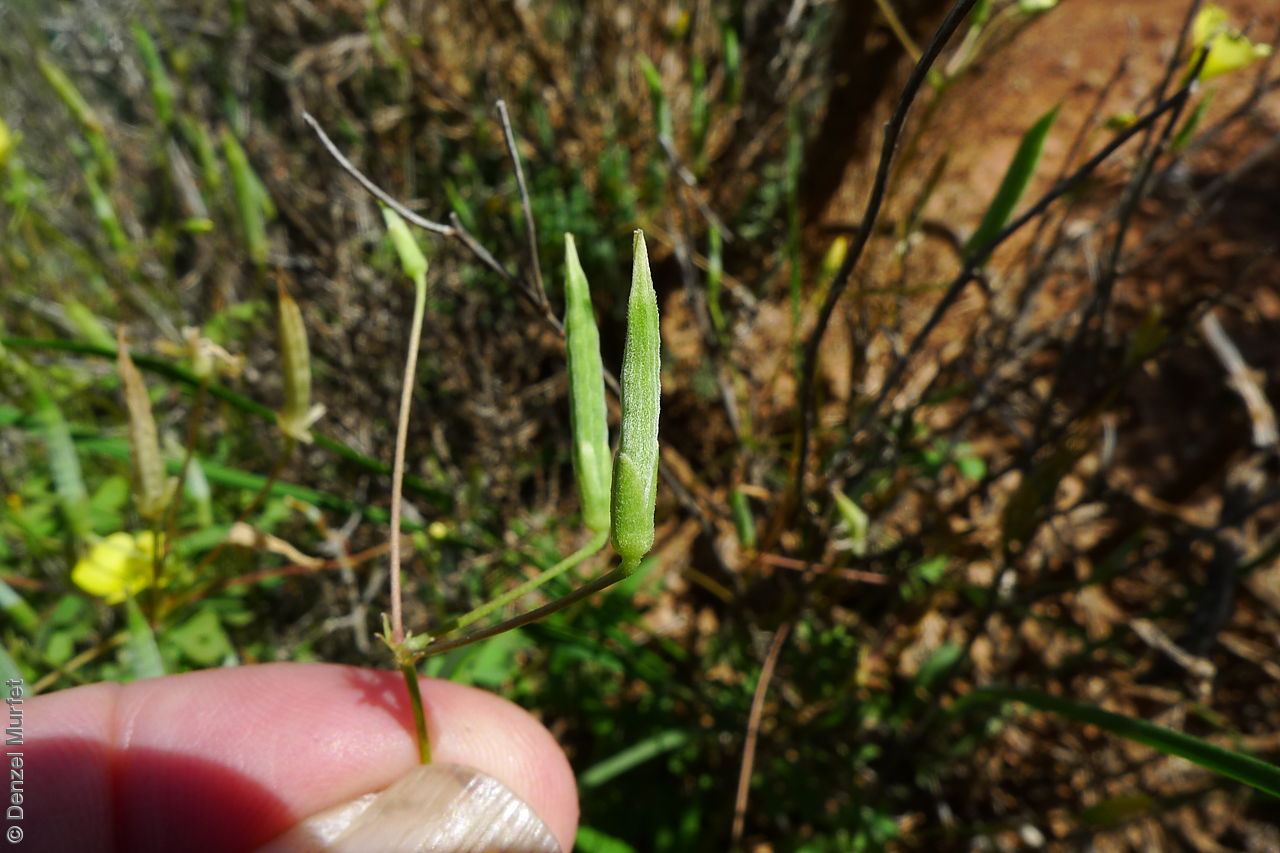
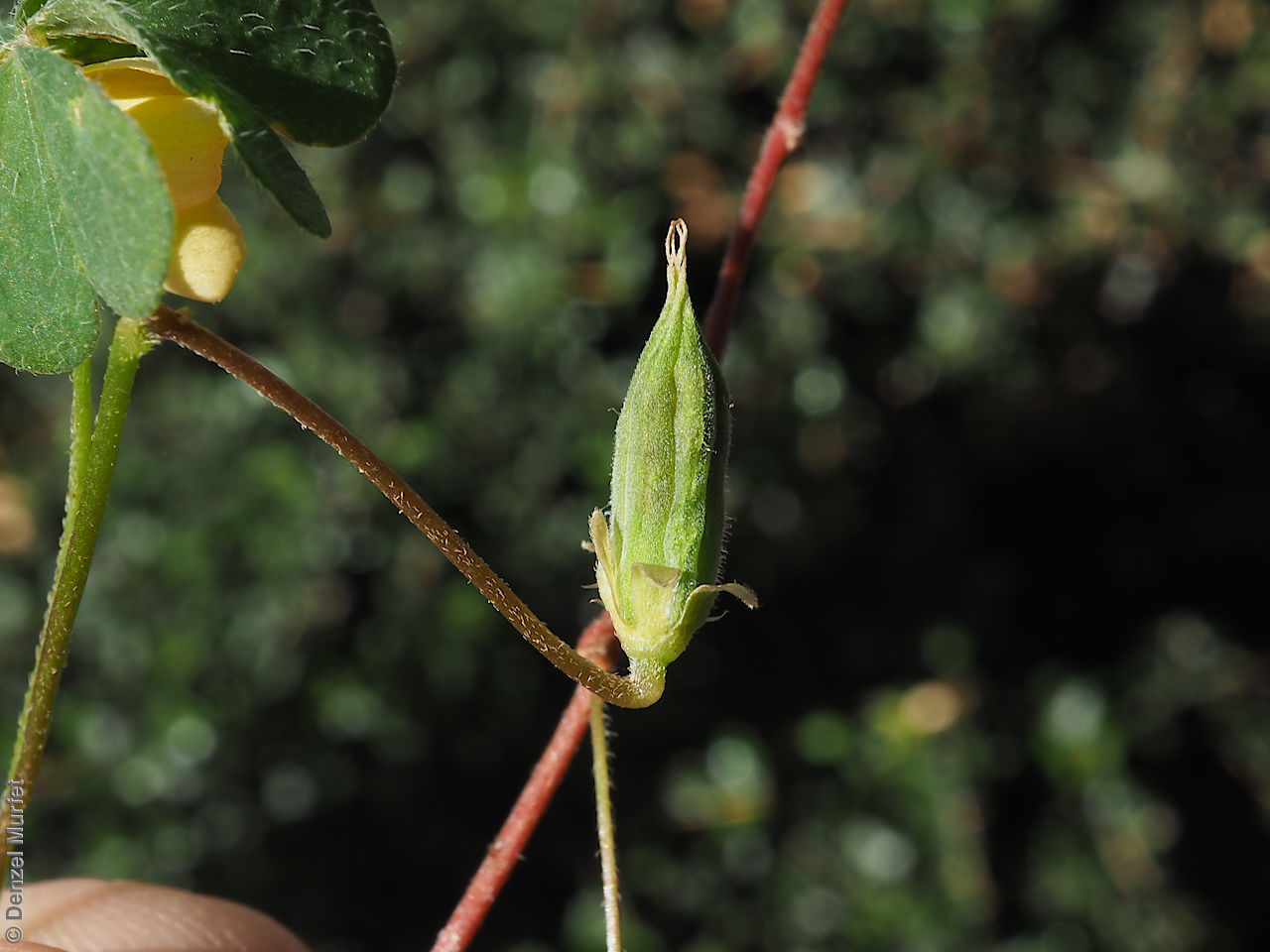
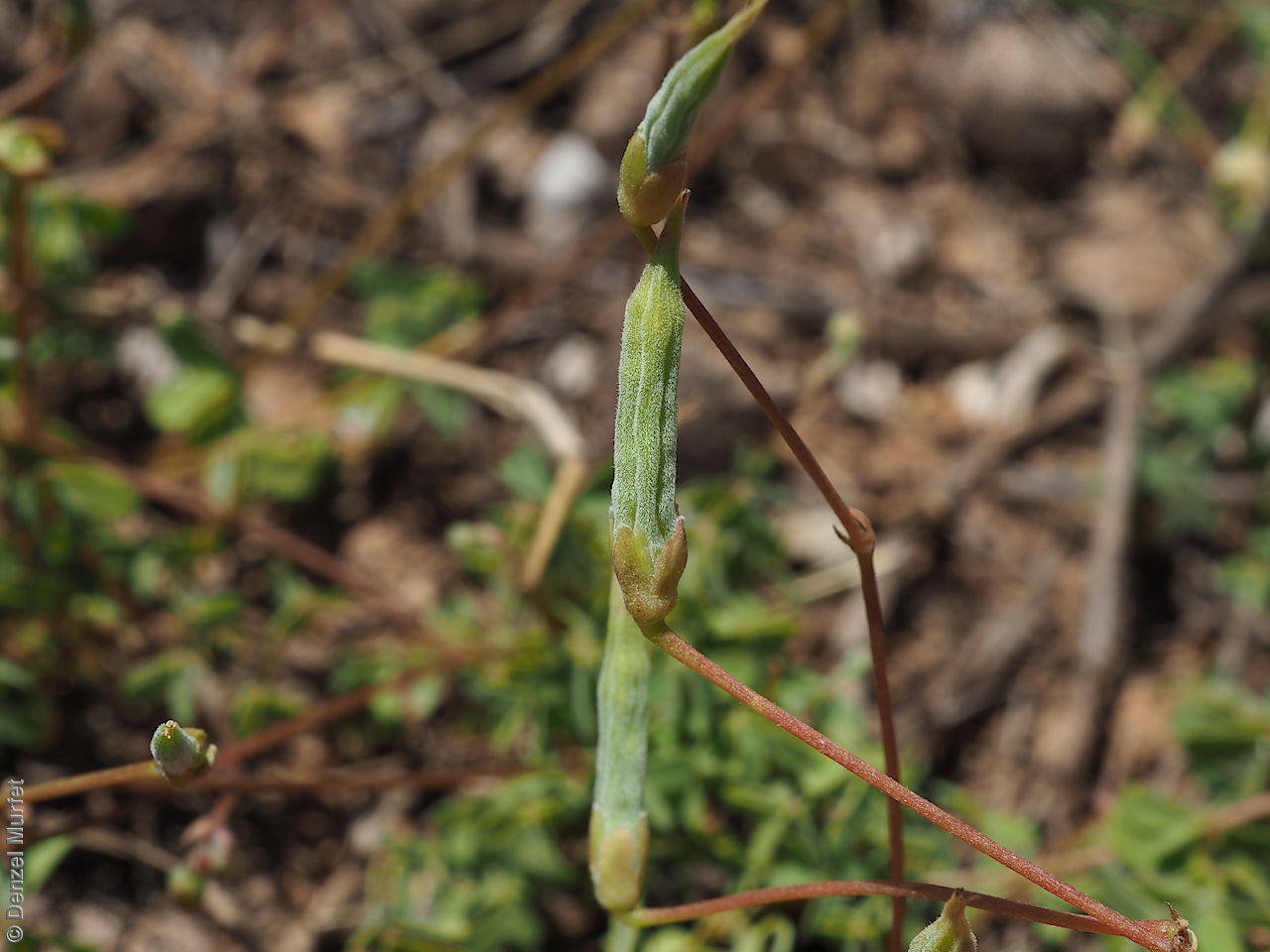
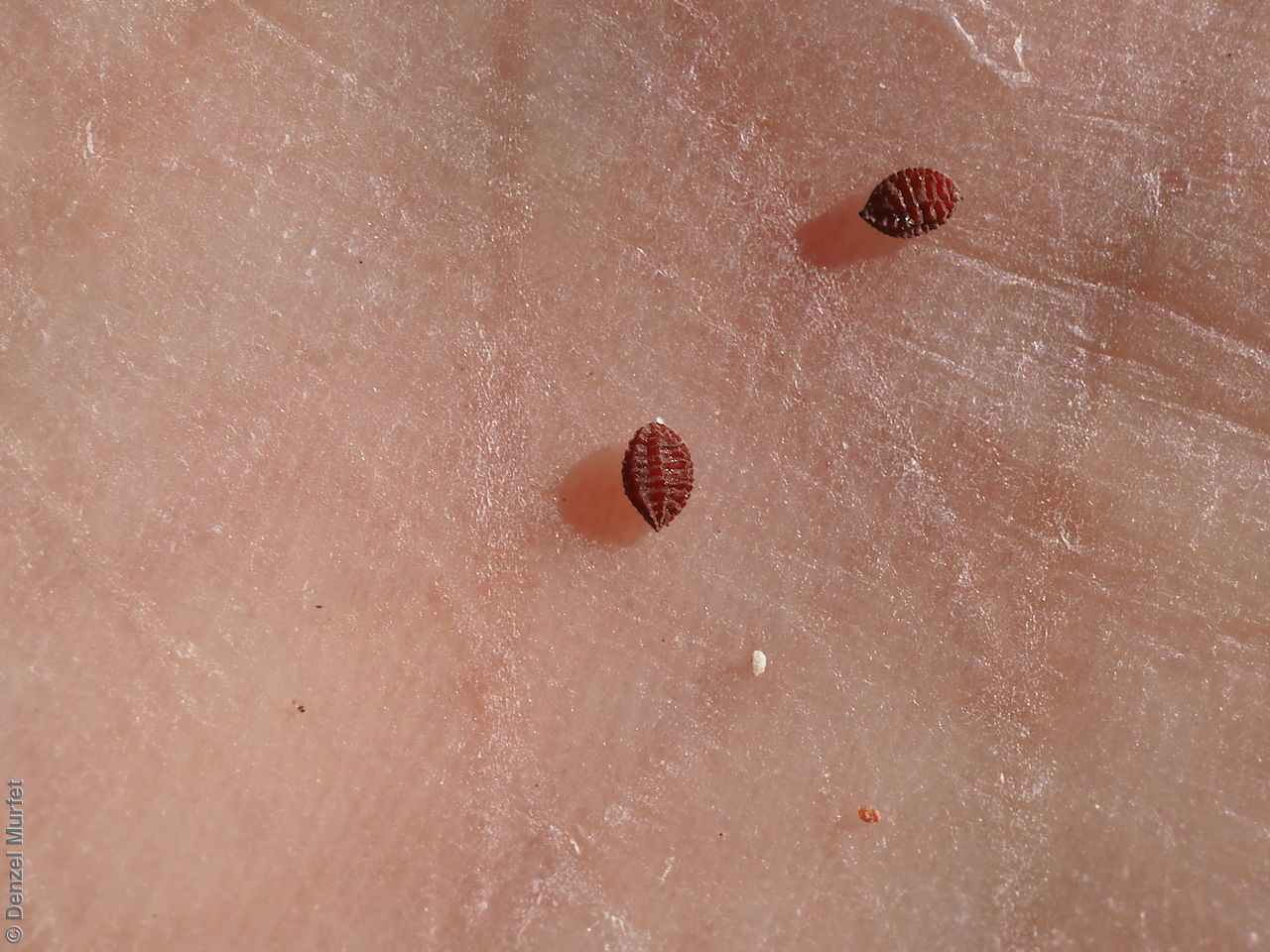
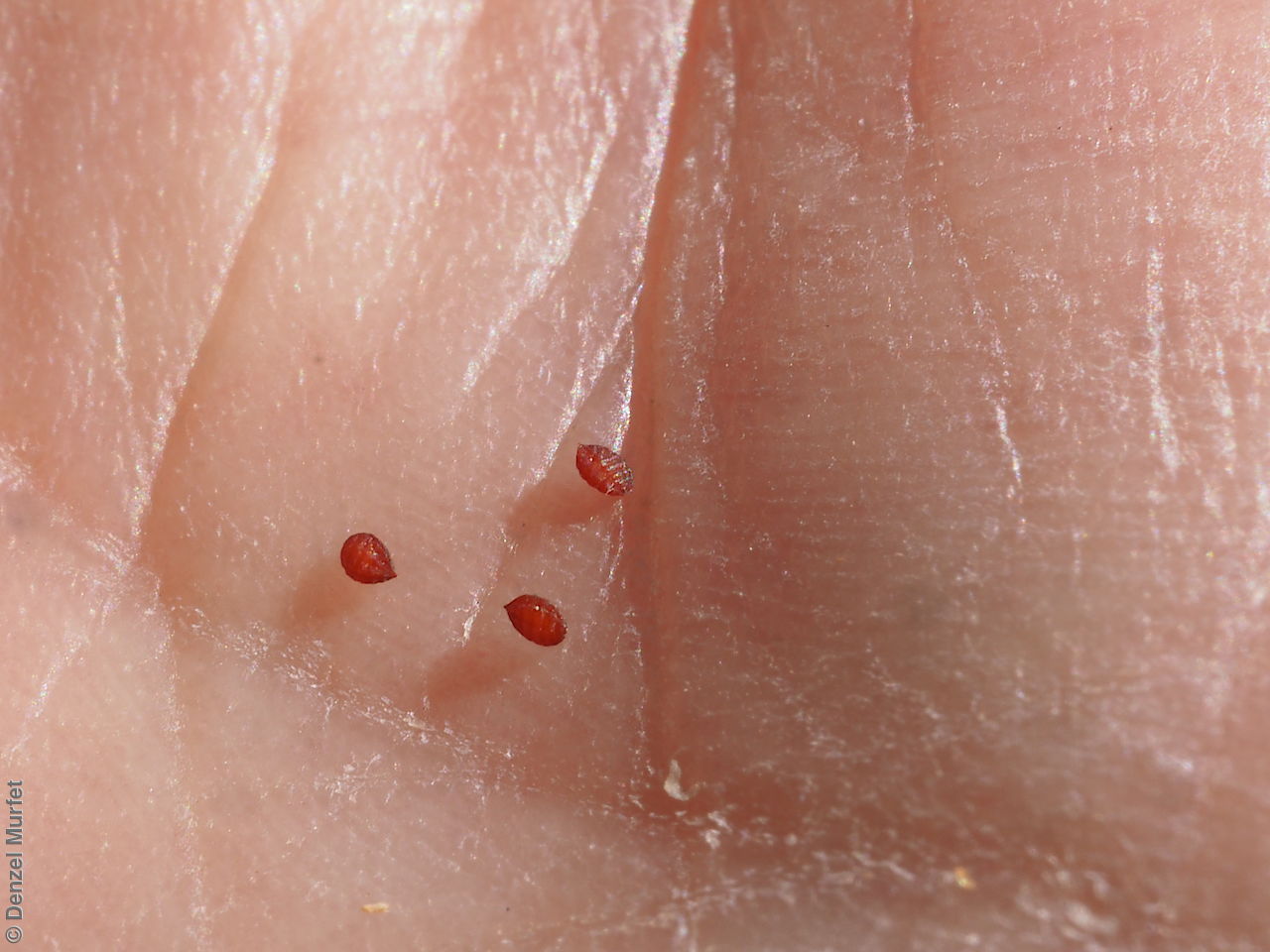
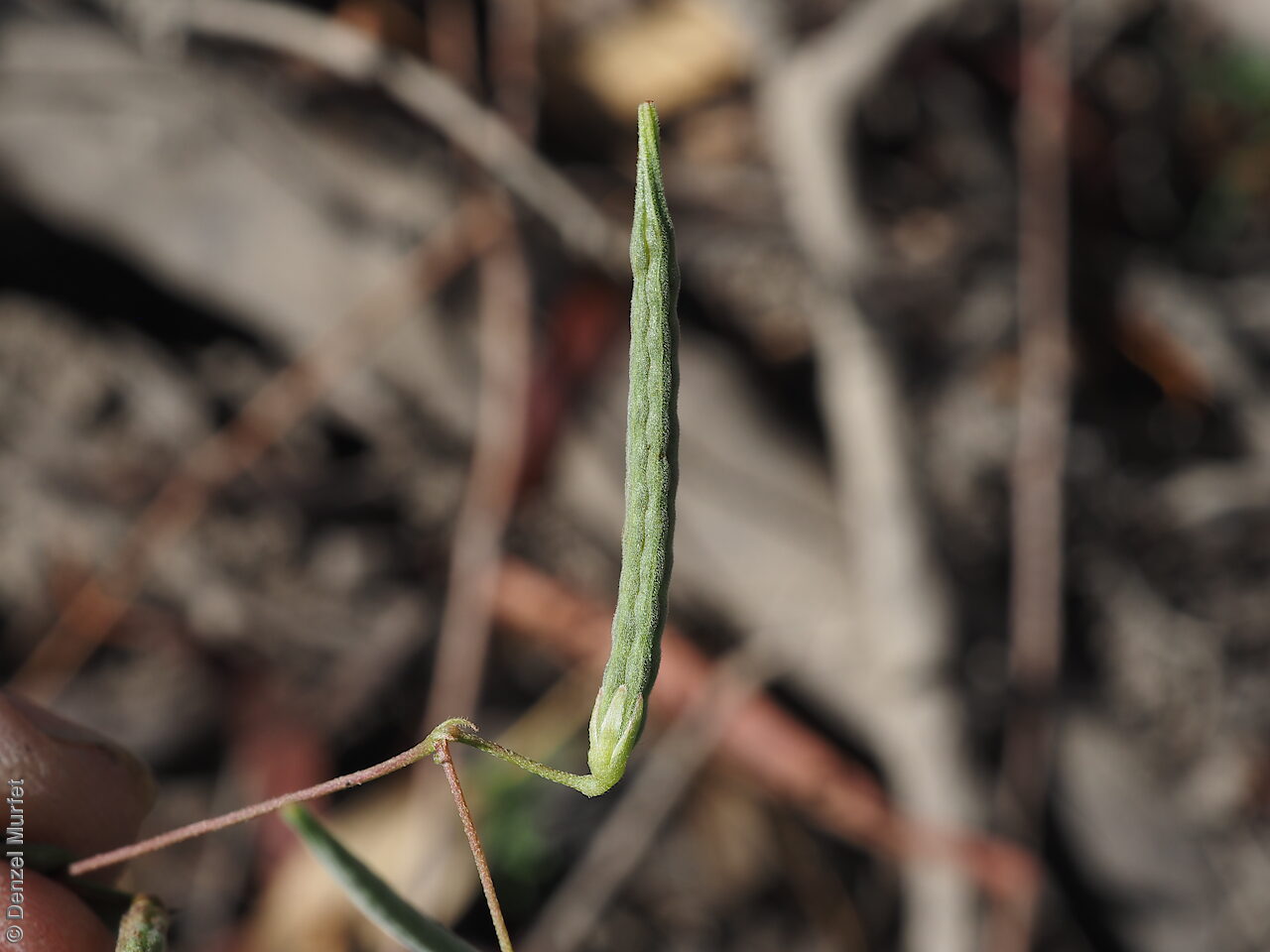
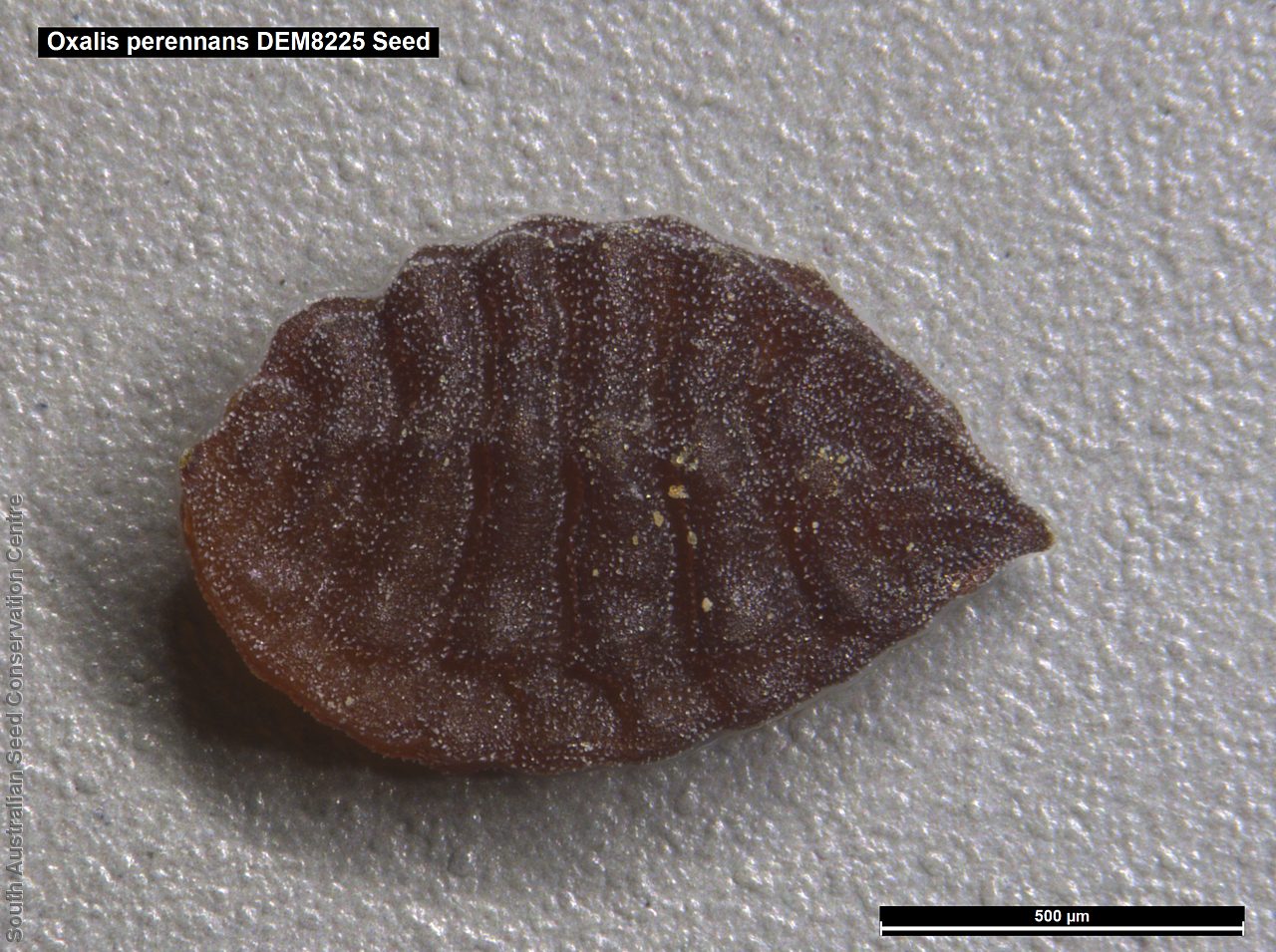
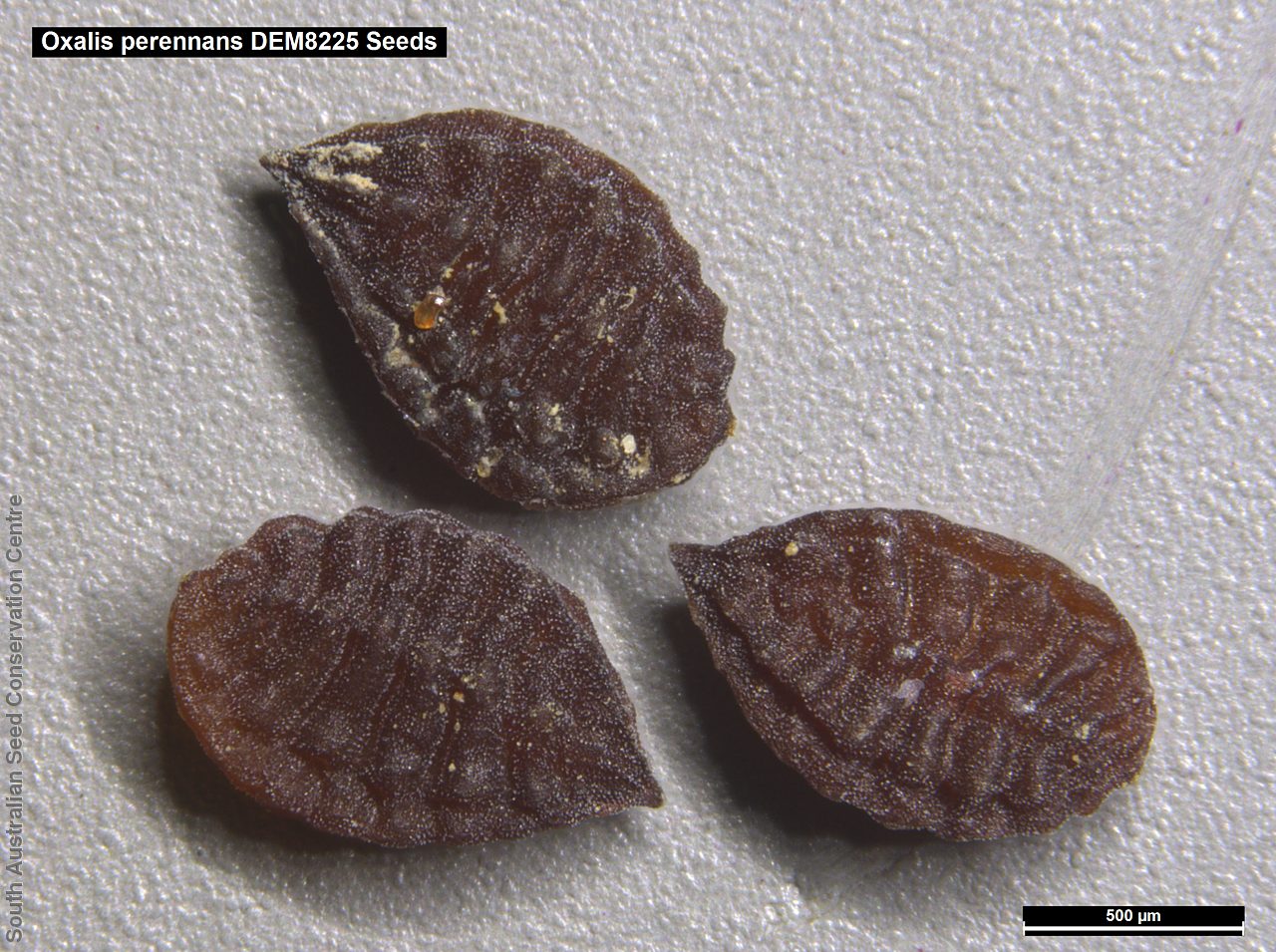
Regional Species Conservation Assessments per IBRA subregion.

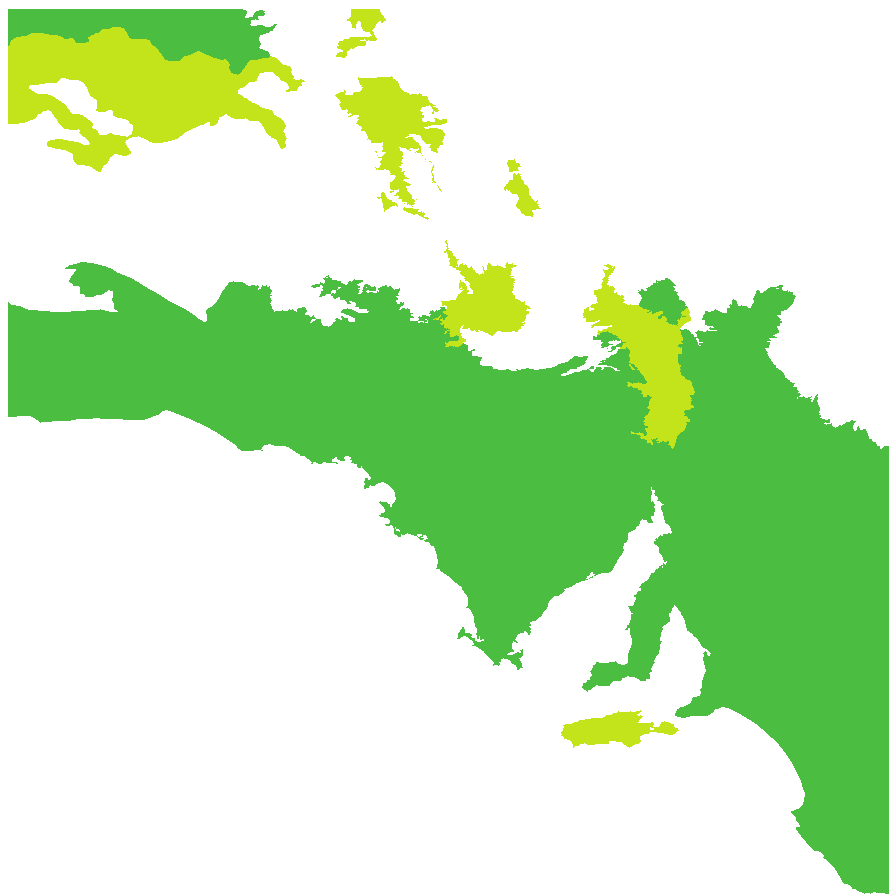
Least concern
Near threatened
Rare
Vulnerable
Endangered
Critically endangered
Extinct
Data deficient
Adelaide
Arkaroola
Ceduna
Coober Pedy
Hawker
Innamincka
Marla
Marree
Mount Gambier
Oodnadatta
Renmark
Wudinna
Keith
Yunta
Display IBRA region text
| Mount Gambier (SVP02) | Southern Volcanic Plain | Least Concern |
| Bridgewater (NCP01) | Naracoorte Coastal Plain | Least Concern |
| Glenelg Plain (NCP02) | | Least Concern |
| Lucindale (NCP03) | | Least Concern |
| Tintinara (NCP04) | | Least Concern |
| Kangaroo Island (KAN01) | Kanmantoo | Near Threatened [O exillis often wrongly ID'd as perennens; taxonomic issues] |
| Fleurieu (KAN02) | | Least Concern [O exillis often wrongly ID'd as perennens; taxonomic issues] |
| Mount Lofty Ranges (FLB01) | Flinders Lofty Block | Least Concern [O exillis often wrongly ID'd as perennens; taxonomic issues] |
| Broughton (FLB02) | | Least Concern |
| Olary Spur (FLB03) | | Least Concern |
| Southern Flinders (FLB04) | | Least Concern |
| Northern Flinders (FLB05) | | Least Concern [Bio-survey records missing, ID issues with other oxalis spp.] |
| Central Flinders (FLB06) | | Least Concern [Bio-survey records missing, ID issues with other oxalis spp.] |
| Southern Yorke (EYB01) | Eyre Yorke Block | Least Concern |
| St Vincent (EYB02) | | Least Concern |
| Eyre Hills (EYB03) | | Least Concern |
| Talia (EYB04) | | Least Concern |
| Eyre Mallee (EYB05) | | Least Concern |
| South Olary Plain (MDD01) | Murray Darling Depression | Least Concern [taxo issues] |
| Murray Mallee (MDD02) | | Least Concern [persistant] |
| Murray Lakes and Coorong (MDD03) | | Least Concern |
| Lowan Mallee (MDD04) | | Least Concern [persistant] |
| Wimmera (MDD05) | | Least Concern |
| Braemer (MDD07) | | Least Concern |
| Murray Scroll Belt (RIV06) | Riverina | Least Concern |
| Myall Plains (GAW01) | Gawler | Least Concern |
| Gawler Volcanics (GAW02) | | Least Concern |
| Gawler Lakes (GAW03) | | Least Concern |
| Arcoona Plateau (GAW04) | | Least Concern |
| Kingoonya (GAW05) | | Least Concern |
| Torrens (GAW06) | | Near Threatened [Bio-survey records missing, ID issues with other oxalis spp.] |
| Kintore (GVD04) | Great Victoria Desert | Near Threatened [Bio-survey records missing, ID issues with other oxalis spp.] |
| Yellabinna (GVD06) | | Least Concern |
| Nullarbor Plain (NUL02) | Nullarbor | Least Concern |
| Yalata (NUL03) | | Least Concern |
| Barrier Range (BHC01) | Broken Hill Complex | Least Concern |
| Bimbowrie (BHC05) | | Least Concern |
| Curnamona (BHC06) | | Least Concern |
| Breakaways (STP01) | Stony Plains | Near Threatened [Bio-survey records missing, ID issues with other oxalis spp.] |
| Peake-Dennison Inlier (STP04) | | Near Threatened [Bio-survey records missing, ID issues with other oxalis spp.] |
| Mann-Musgrave Block (CER01) | Central Ranges | Least Concern [Bio-survey records missing, ID issues with other oxalis spp.] |
| Mount Gambier (SVP02) | Southern Volcanic Plain | Least Concern |
| 4 of 4 subregions | Naracoorte Coastal Plain | Least Concern |
| 2 of 2 subregions | Kanmantoo | Least Concern , Near Threatened |
| 6 of 6 subregions | Flinders Lofty Block | Least Concern |
| 5 of 5 subregions | Eyre Yorke Block | Least Concern |
| 6 of 6 subregions | Murray Darling Depression | Least Concern |
| Murray Scroll Belt (RIV06) | Riverina | Least Concern |
| 6 of 8 subregions | Gawler | Least Concern , Near Threatened |
| 2 of 4 subregions | Great Victoria Desert | Least Concern , Near Threatened |
| 2 of 3 subregions | Nullarbor | Least Concern |
| 3 of 4 subregions | Broken Hill Complex | Least Concern |
| 2 of 7 subregions | Stony Plains | Near Threatened |
| Mann-Musgrave Block (CER01) | Central Ranges | Least Concern [Bio-survey records missing, ID issues with other oxalis spp.] |
Botanical art
Kath Alcock paintings: 11
Common names
Native Oxalis
Native Sorrel
Grassland Wood-sorrel
Etymology
Oxalis from the Greek 'oksos' meaning sour; referring to the taste of the leaves and stems caused by the oxalic acid, especially the flowering stalks of Oxalis pes-caprae. Perennans from the Latin 'per' meaning through and 'annus' meaning year; referring to the perennial nature of the species.
Distribution and status
Found across South Australia, especially in the southern part, growing in a very wide range of habitats. Also found in all states (and New Zealand). Native. Common in South Australia. Common in the other states.
Herbarium regions: North Western, Lake Eyre, Nullarbor, Gairdner-Torrens, Flinders Ranges, Eastern, Eyre Peninsula, Northern Lofty, Murray, Yorke Peninsula, Southern Lofty, Kangaroo Island, South Eastern, Green Adelaide
NRM regions: Adelaide and Mount Lofty Ranges, Alinytjara Wilurara, Eyre Peninsula, Kangaroo Island, Northern and Yorke, South Australian Arid Lands, South Australian Murray-Darling Basin, South East
AVH map: SA distribution map (external link)
Plant description
Perennial herb to 30 cm high with erect, ascending or sometimes creeping stems above ground but rarely rooting at nodes, sparsely to densely hairy. Leaves cauline with 3 leaflet, which are cuneate-obcordate, to 15 mm long and wide, green, bilobed, glabrous to pubescent above, pubescent or hairs confined to midrib below. Inflorescence 1-6 yellow flowers per stalk held above the leaves. Flowers throughout the year. Fruits are pale brown cylindrical capsule to 30 mm long and 2.5 mm diameter, densely hairy.
Seed collection and propagation
Collect seeds between January and December. Collect capsules before they are fully matured, those turning pale brown and contain hard seeds. When fully mature, the capsules bust open explosive dispersing the seeds up to a few metres from the parent. Place the capsules in a tray and cover with newspaper to prevent the seeds from flying out as the capsule dries. Then rub the capsules gently with a rubber bung to dislodge the seeds. Use a sieve to separate the unwanted material. Store the seeds with a desiccant such as dried silica beads or dry rice, in an air tight container in a cool and dry place



























